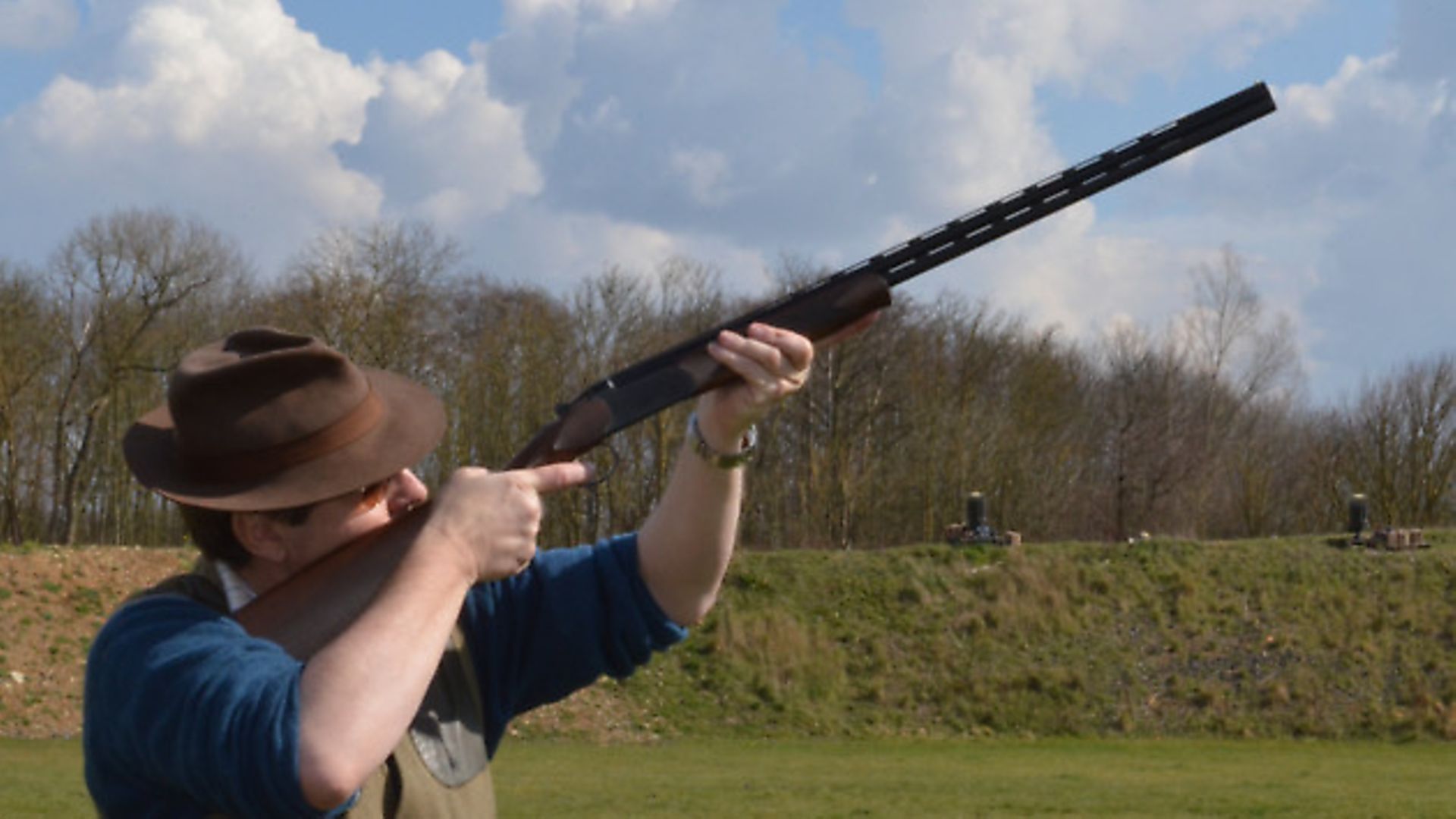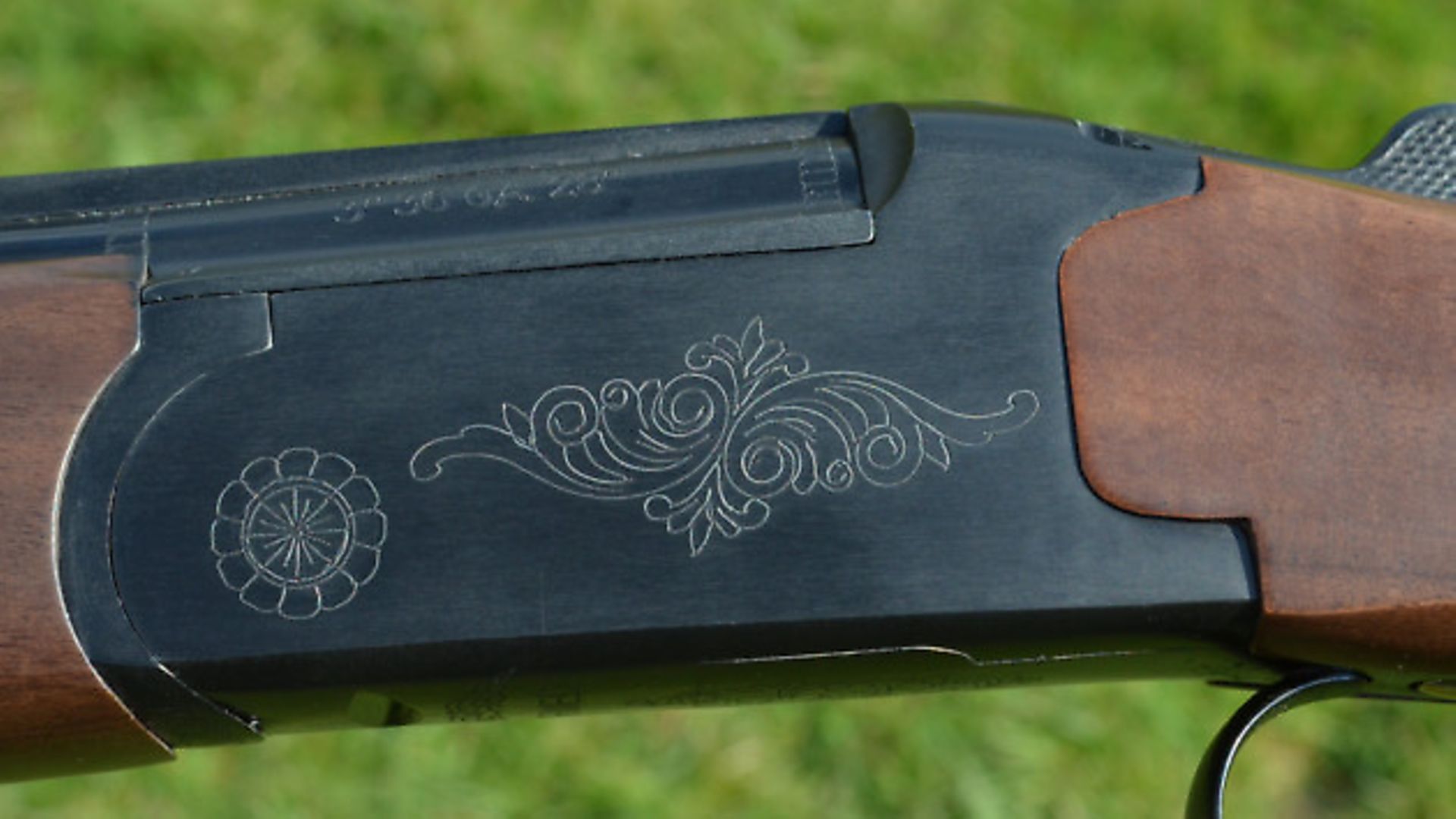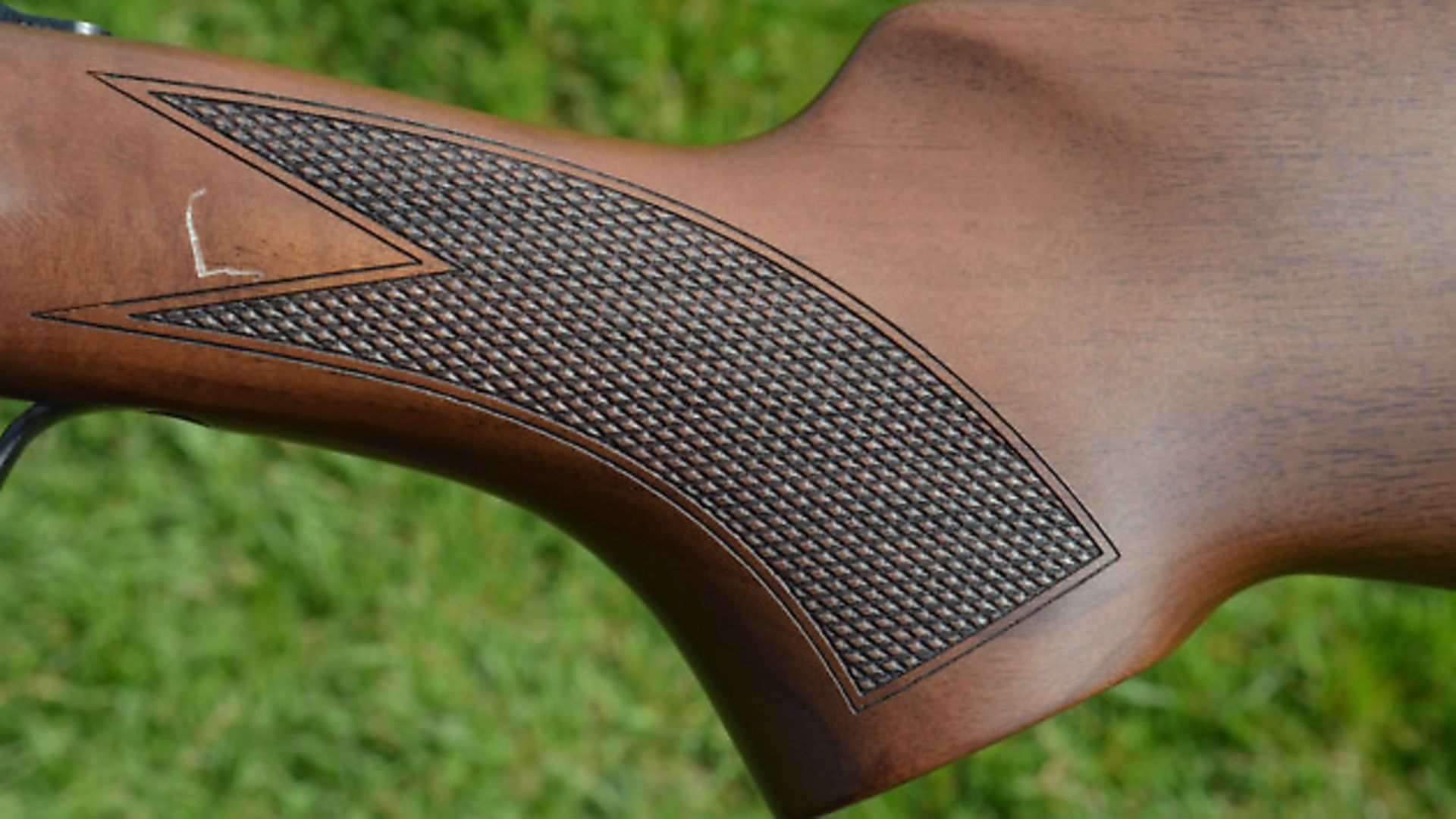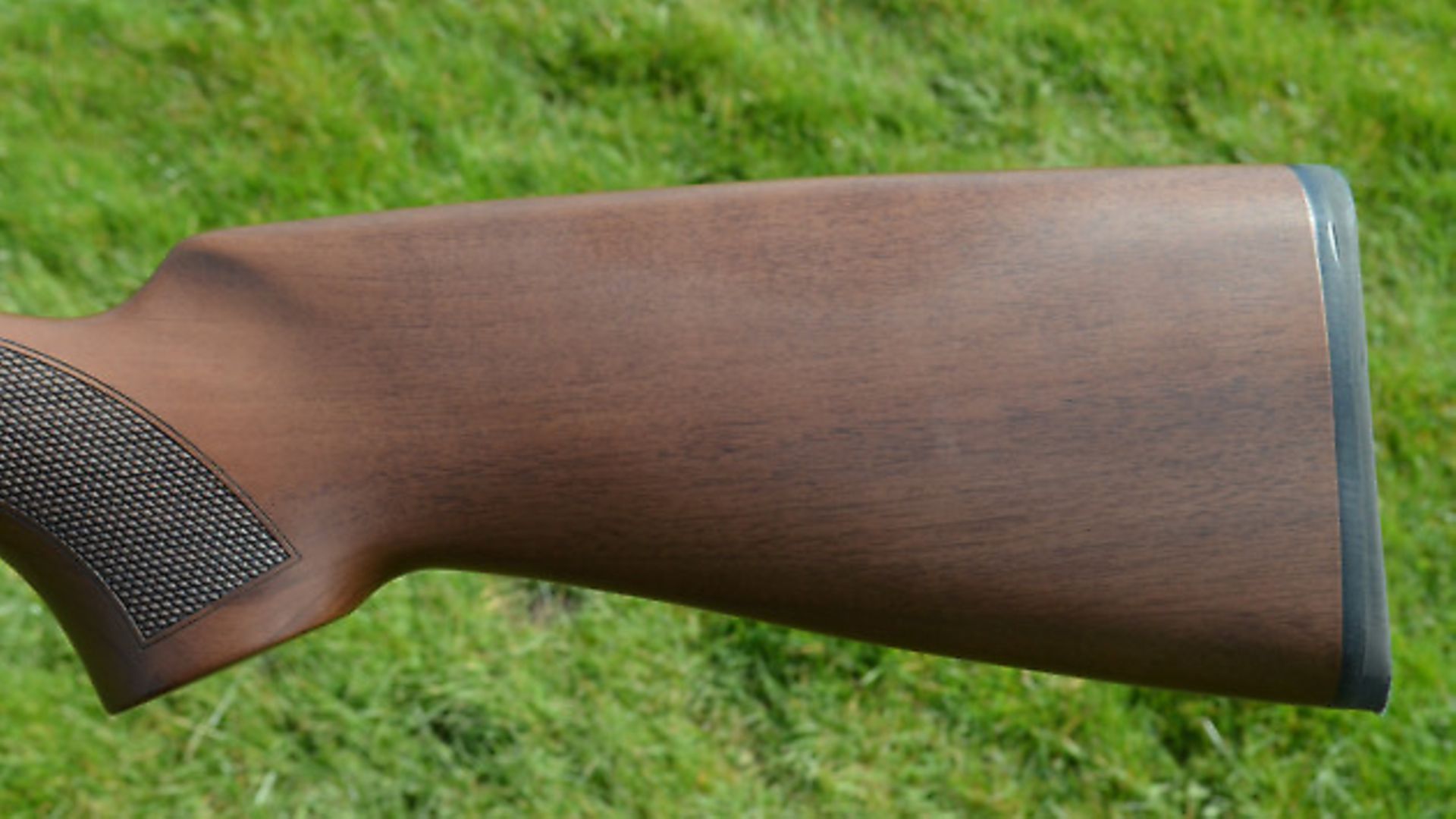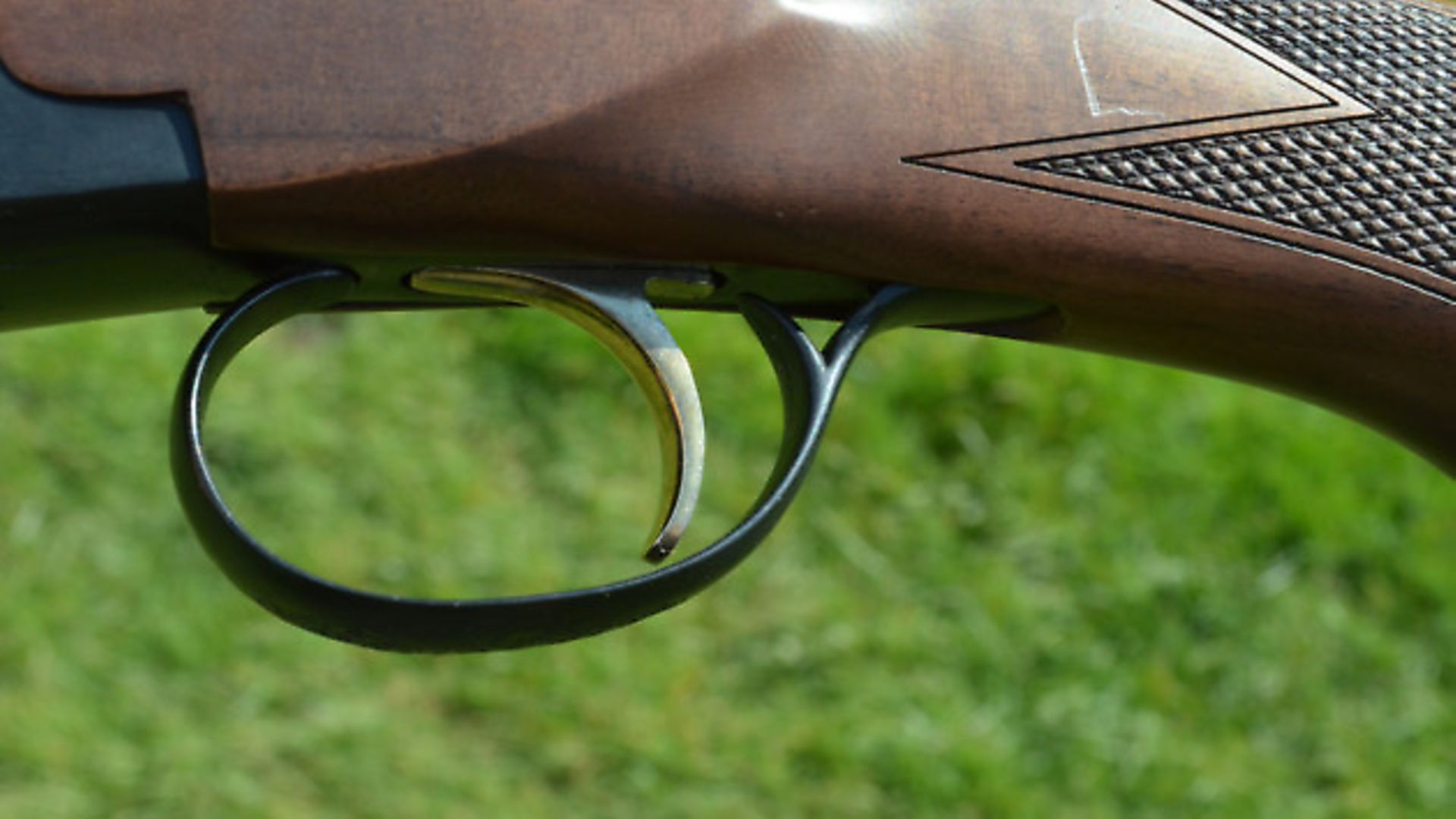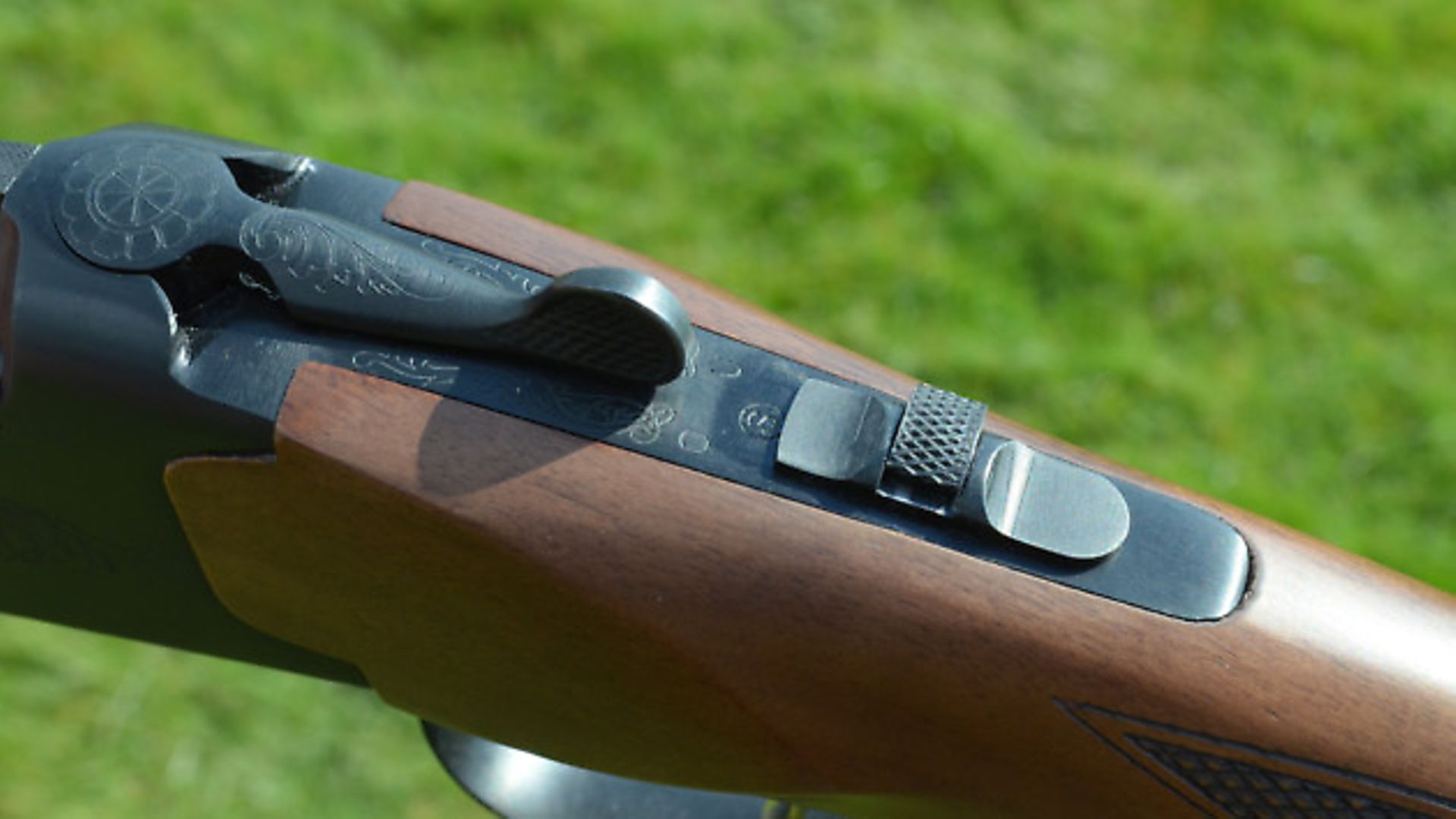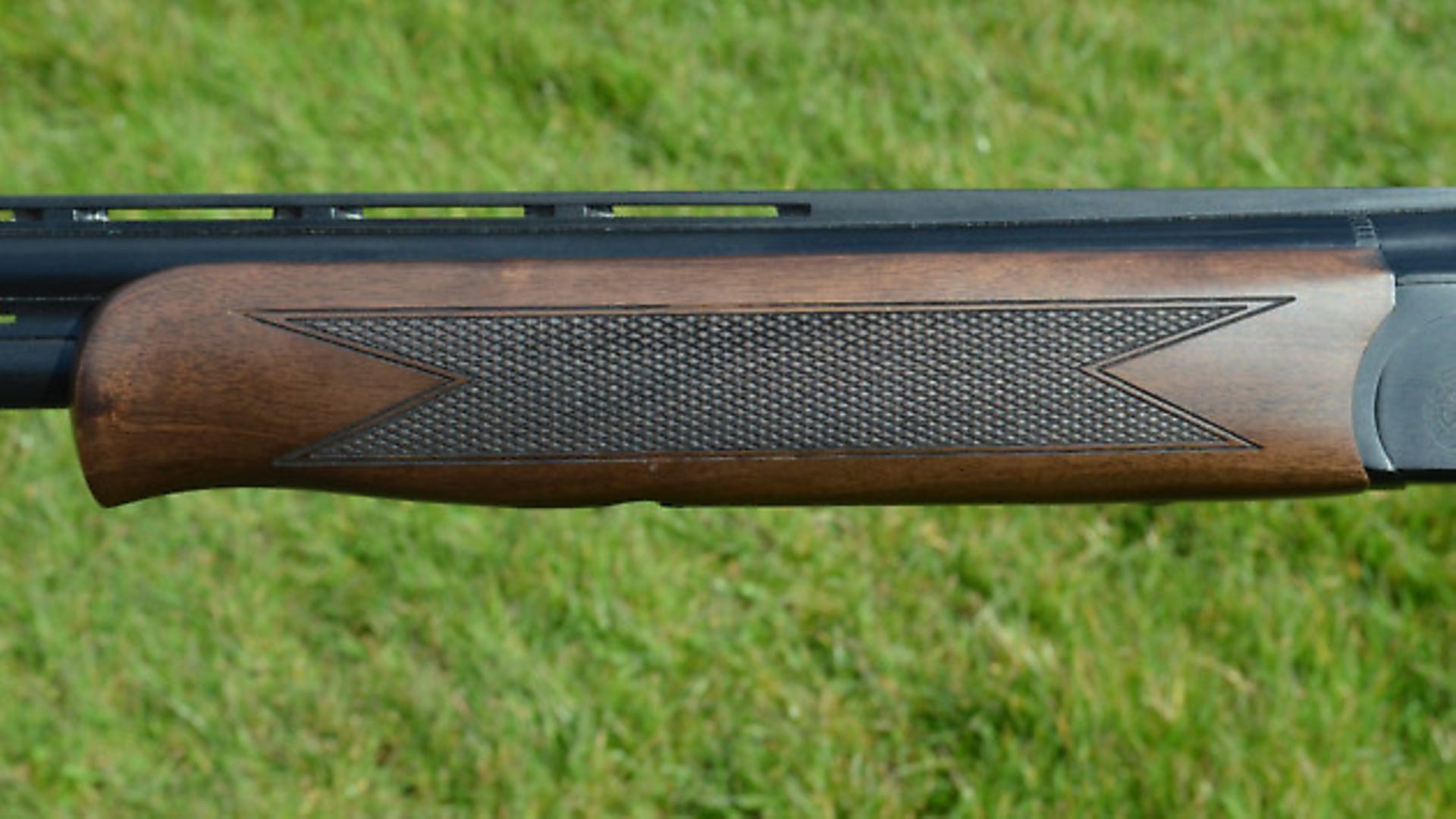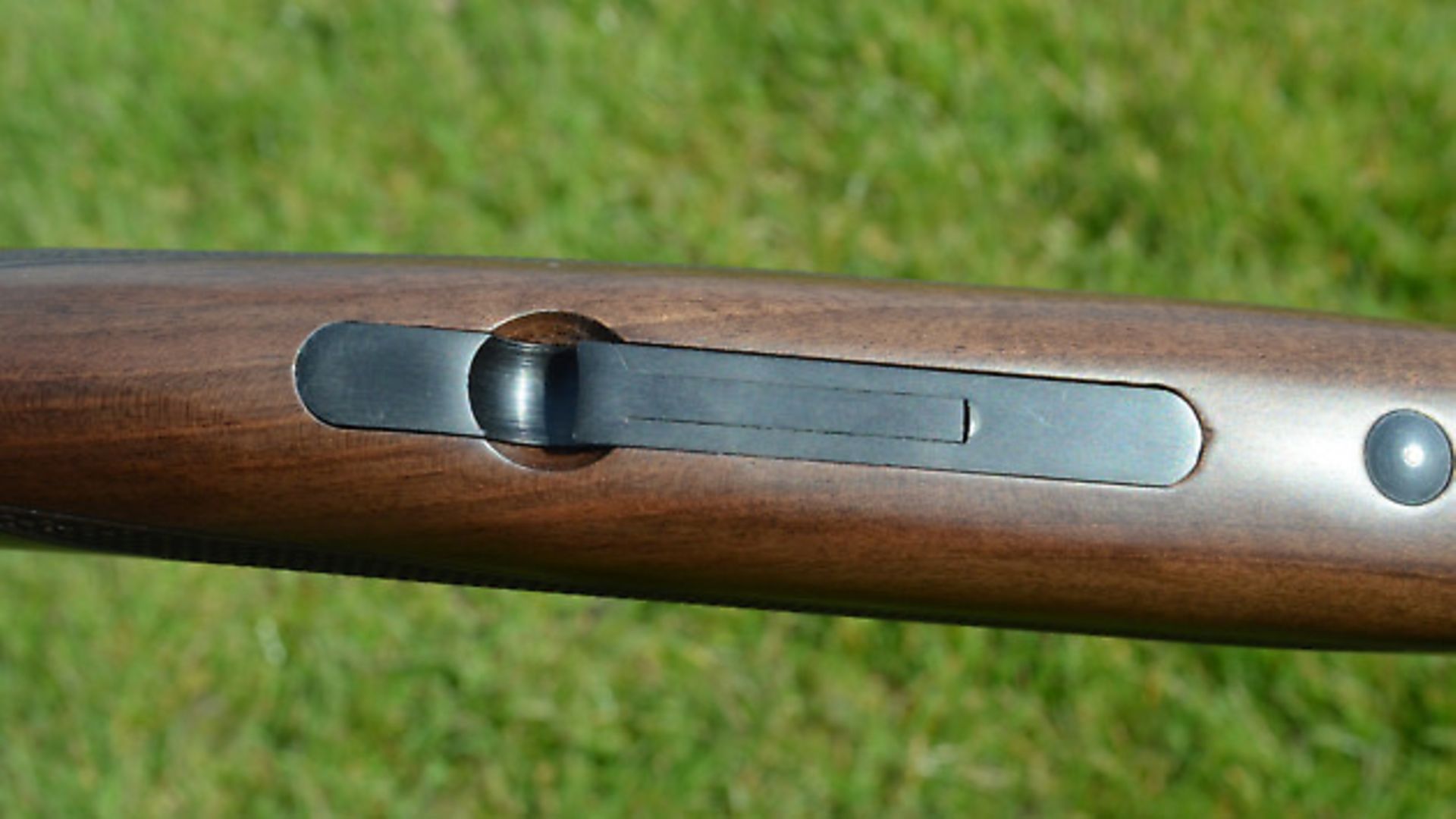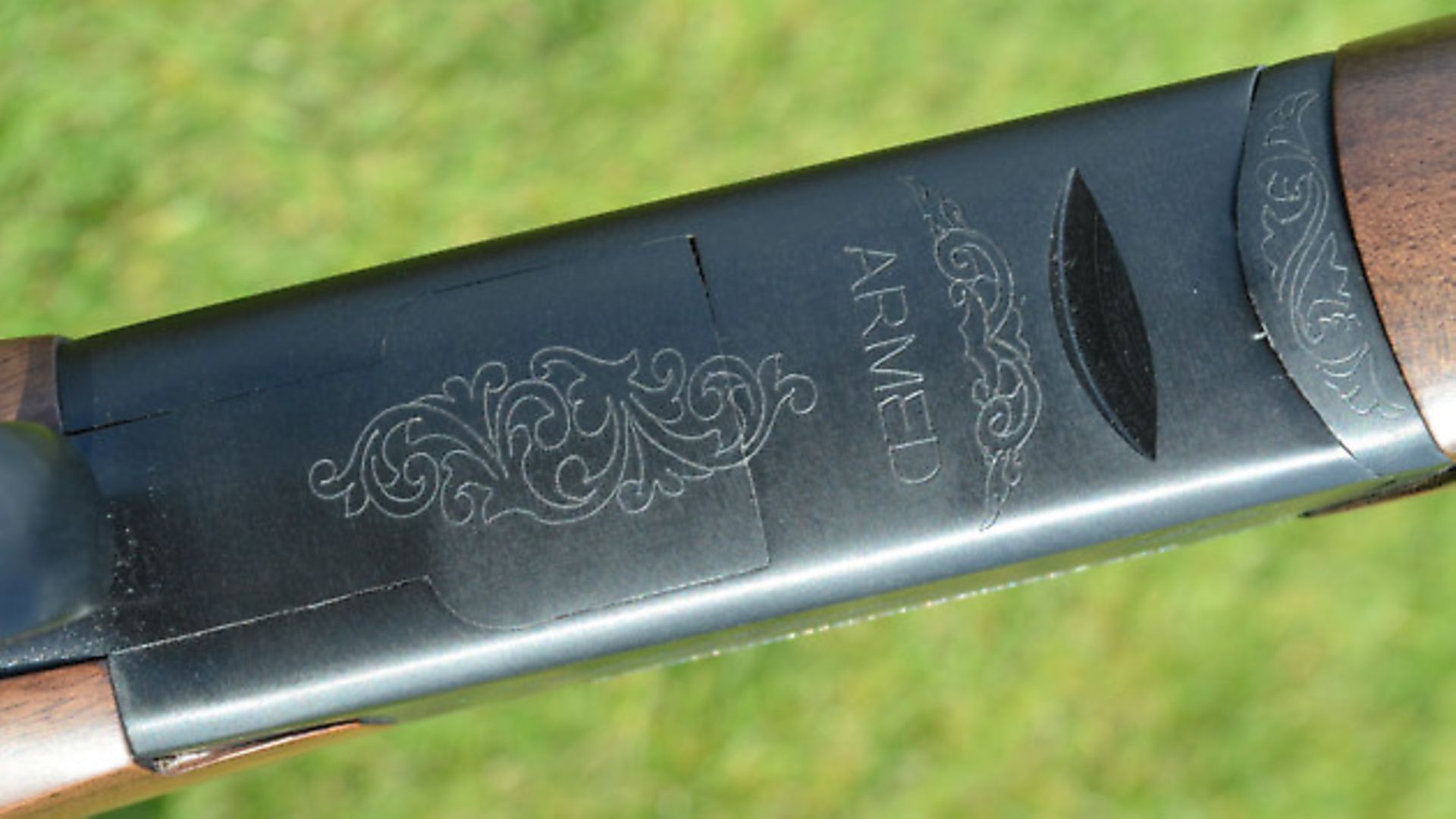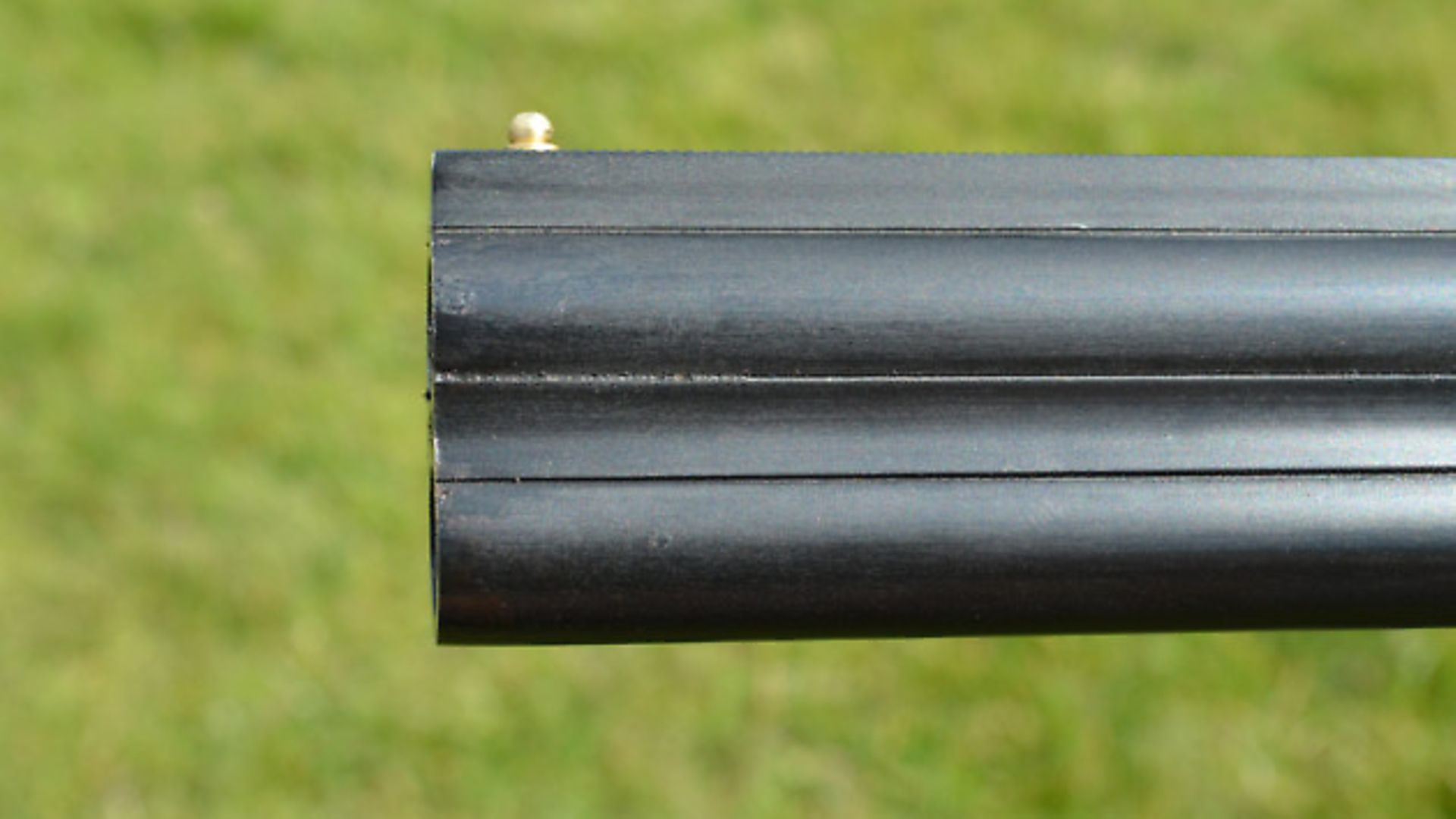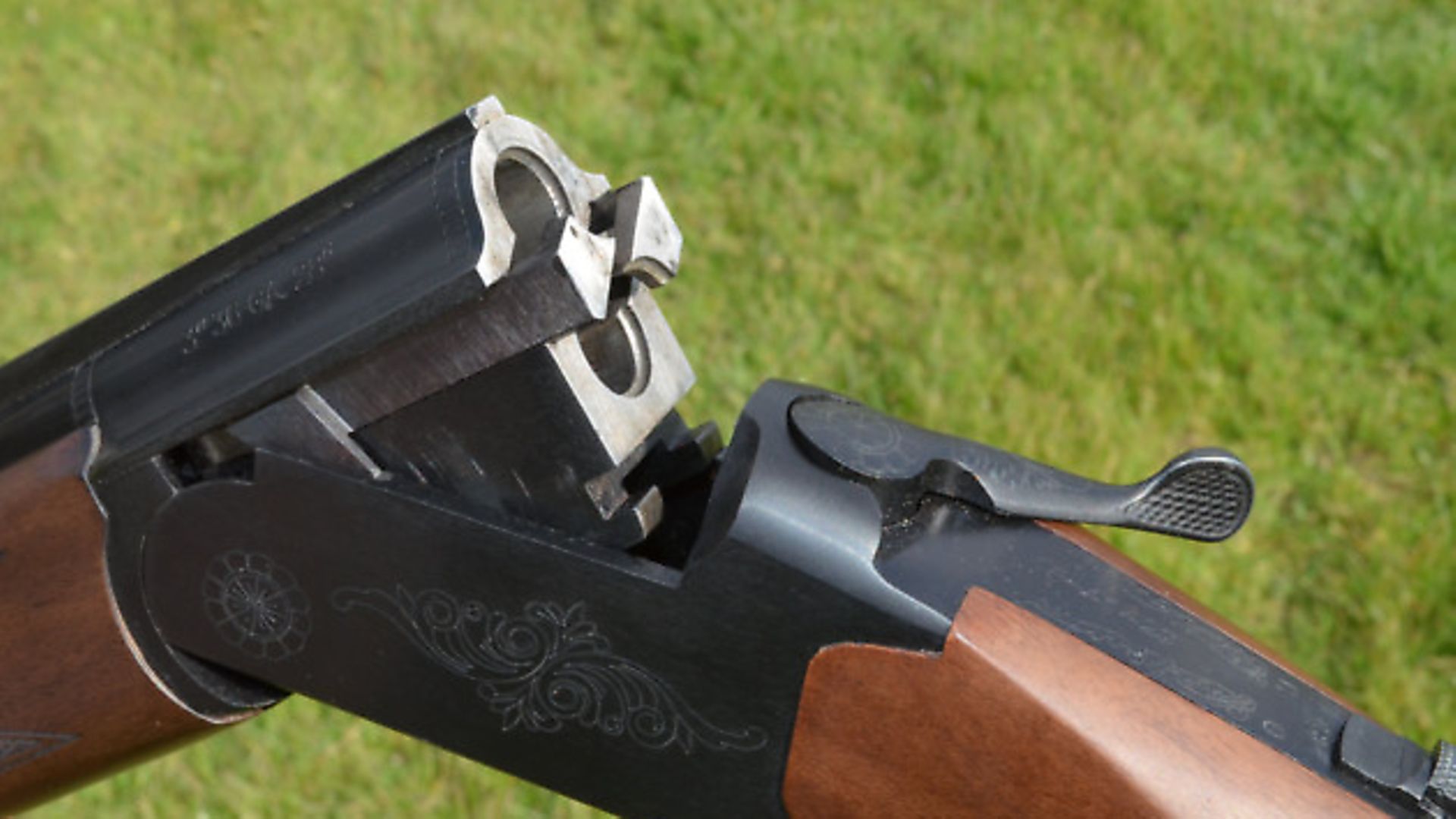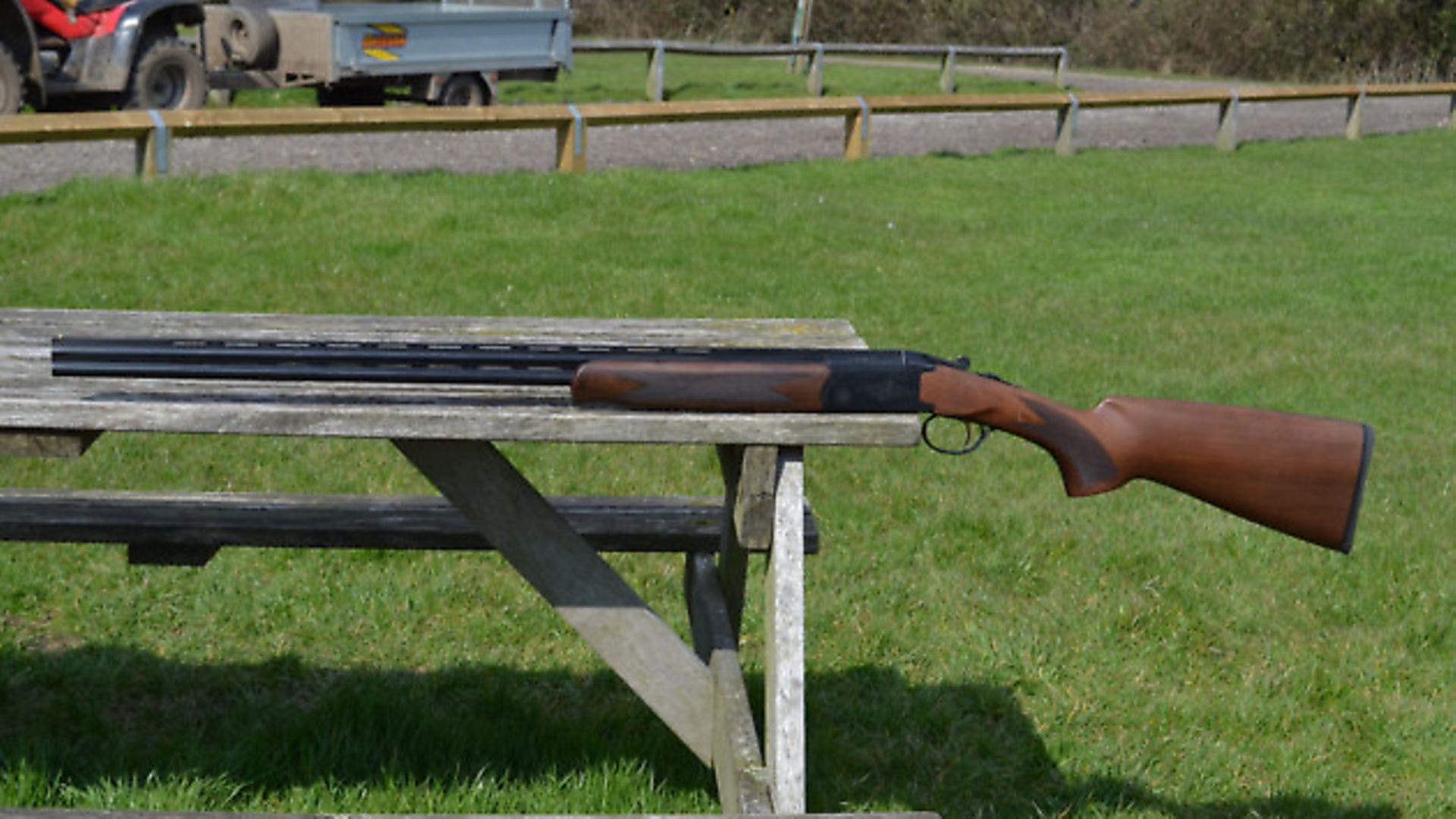Gun test: Armed SPE .410
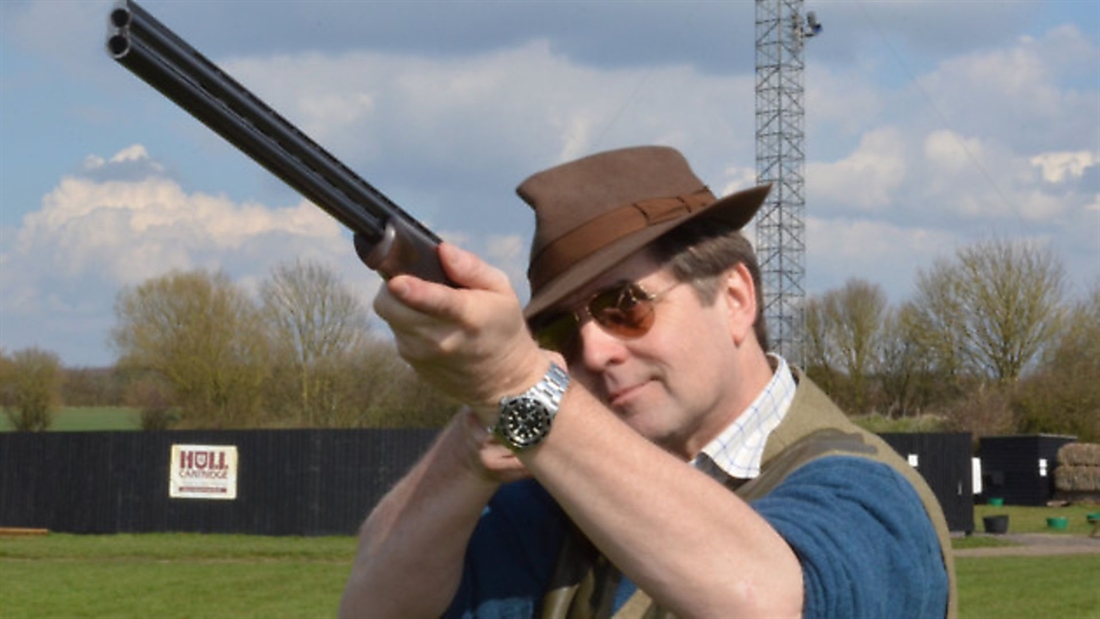
Mike Yardley tests the SPE .410 from Turkish gunmaker Armed, imported by Edgar Brothers
n Technical specification:
n Make: Armed (Turkey)
n Distributor: Edgar Brothers
n Bore: .410
n Chambers: 3”
n Barrels: 28” (no other option at the moment)
n Choke: Extra-full and extra-full.
n Rib: 6mm ventilated
n Weight: 6lbs 4oz.
We like
n The price
n The general form
n The specification
We don’t like
n The trigger pulls
Shooting impressions
I have become seriously interested in shooting .410s recently. I shot them as a boy in various forms, and I have encountered them many times since professionally. But, last season really got me enthused. I was invited to a .410 day in Lincolnshire and had the time of my life! Indeed, I had, so much fun – and was so impressed with the potential of the diminutive guns in skilled hands – that I bought another day at the same shoot a few weeks later. I borrowed a gun not unlike the test gun and shot 15 pheasants – another brilliant day! Thus, I took our test gun to my local Skeet/Sporting layout with real interest. Happily, I connected with most targets but not without some extra effort. The weight of the trigger pulls was off-putting (I adapted by using the first joint rather than the pad of my trigger finger). To get results that were anything like consistent, however, both concentration and control were required. I also had to see more lead than normal – say 25% – to get results. I liked the gun, nevertheless. Recoil was low even with 3” full payload cartridges. The basics are all there. It would make an especially interesting custom project. Better pulls themselves would transform the SPE .410; bring the stock up a bit and offer 30” barrels and this could be something really special without breaking the bank. Meantime, it is a solid little gun and excellent value for money. (My thanks to Will Hewitt of Edgar Brothers, and to Lyalvale Express for the cartridges used in this test.)
Overview/background
This month’s test gun is potentially a bit of fun for big lads and lasses, and something which might also be a good starter gun for a young shot of your acquaintance. It’s an Armed (from Turkey) SPE .410 imported by Edgar Brothers of Macclesfield (who also import the Turkish brands Akkar and Hatsan). First impressions are not especially inspiring, although the general form of the gun seems sound. The SPE’s flat-sided action is black (there is a nickel-plated option), with some sparse – but inoffensive – scroll engraving. The stock wood is plain and laser chequered well. The standard of finish generally is reasonable, although there could have been a bit more preparation and polishing on the metalwork.
Before going any further, though, we should perhaps note that the RRP of this business-like, if basic, little gun is just £550. This, remember, is the price for a new gun. I doubt if an English gunsmith could replace even the fore-end of a similar model for that sort of money. By today’s standards it is extraordinarily inexpensive, and it can only be fairly judged keeping that reasonable price point constantly in mind. So, with that stated, let’s continue.
The small bore is a sensible weight (just over 6¼lbs) and on the heavier side for a 28” .410 (the only barrel length available at the moment), but probably better for it. There are too many featherweight, and consequently uncontrollable, .410s knocking around. They can make what is already a challenging bore size even tougher to shoot (.410s need a lot of control to shoot well as they tend to be quick to start and quick to stop, therefore they need to be driven; follow through takes on a whole new importance).
The barrels of the test gun are 3” chambered and superior proofed in England (which I always find reassuring, especially in a .410 where pressures are especially high – much higher than in a 12). They are made on the monobloc system. Fit of tubes to the monobloc is good with no visible gaps. Finish to the monobloc and ejector work (yes, this is an ejector) is a little rough cosmetically. The 6mm ventilated top rib, however, is nicely laid and cross-hatched. Vented side ribs also pass muster. The plain metal bead at the muzzles would be hard to improve upon (and much better than a fragile plastic one). Barrel bores are tight at 10.5mm. The fixed chokes are very tightly constricted too at extra-full and extra-full. They could well do with being relieved significantly. Such tight chokes might well disrupt patterns (but I did not have the opportunity to test this formally).
Although the stock wood is nothing special, the shapes of the stock and fore-end are good. The butt has a subtle hog’s back and there is nothing wrong with that, especially as it is not too obvious. The full but slim pistol grip has an open radius and suits the gun well, save that purchase is reduced by a synthetic stock finish which is also quite prone to marking. I liked the comb profile and the slim schnabel fore-end. The stock is a good length as well: 14½” from middle of the trigger to middle of butt sole including a thinnish black rubber recoil pad. Cast was slight, and there seemed a little twist in the comb. Other dimensions weren’t bad. The drop at the front of the comb relative to the rib axis was 13/8” and 23/8” to the rear. The European industry norm would be 13/8” and 21/8 or 2¼”. On this gun, which might well be used by young people and ladies, 2” would be better in my opinion (a little too high being a lot better than a little too low). The distance between the centre of the eye orbit and the cheekbone is reduced in most women and youngsters, so stocks need to be higher. I am Mr 5’ 11” Average in gun-fit terms and could still lose the bead with a bit of cheek pressure. It’s all easily rectified by means of a comb raiser, though.
Technical
The all-steel action, as you might expect, is compact and notably low in profile. It appears (like the ejector work) to be built on an Italian plan. The barrels hinge on bifurcated lumps with stud pins in the action walls near the knuckle (you’ve seen it all in a Rizzini). Jointing of the barrels to the action is not only competent but better than many guns costing a lot more. There are twin cocking bars (again, just like a Rizzini). The single trigger is mechanical, a feature which is always welcome on a .410 when very different payloads may be encountered. The trigger pulls are not especially refined and very heavy. If you are going to use this gun regularly, and most certainly if you were going to let a young shot use it, the pulls would have to be sorted. This is not the end of the world but would probably set the budget back another 50 quid on top of the purchase price. It is also a typical failing in many cheaper .410s.




